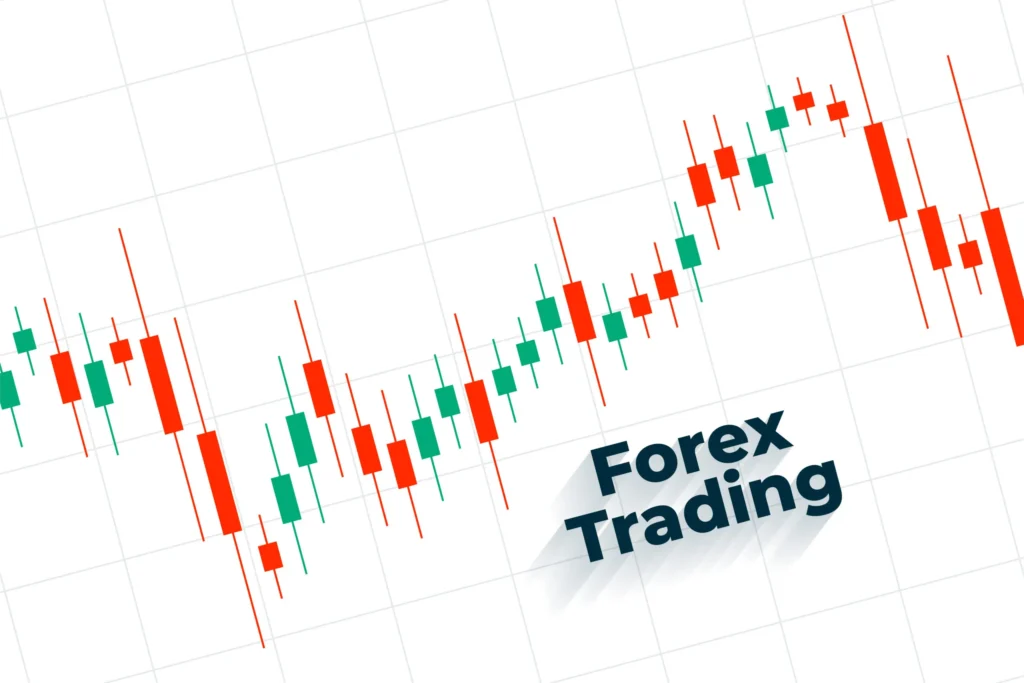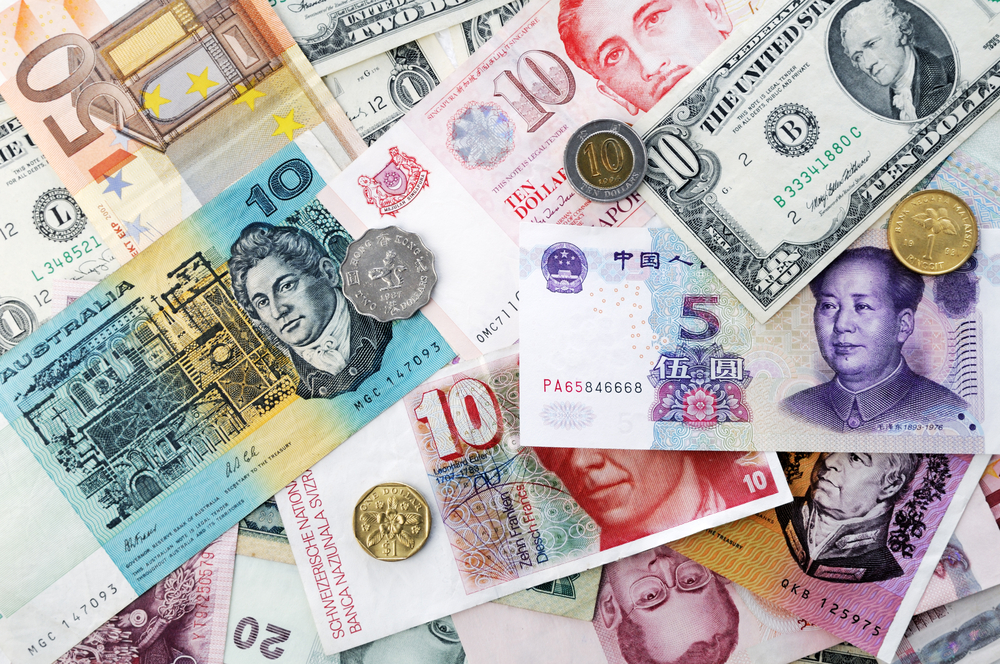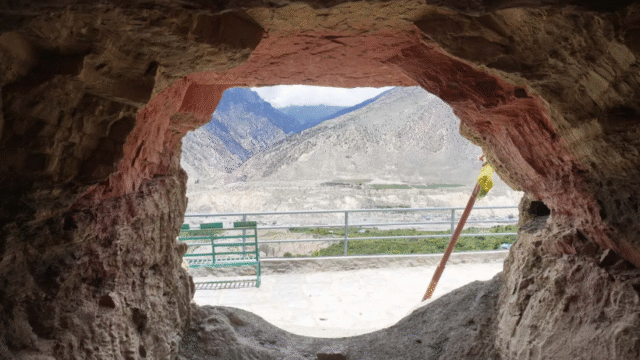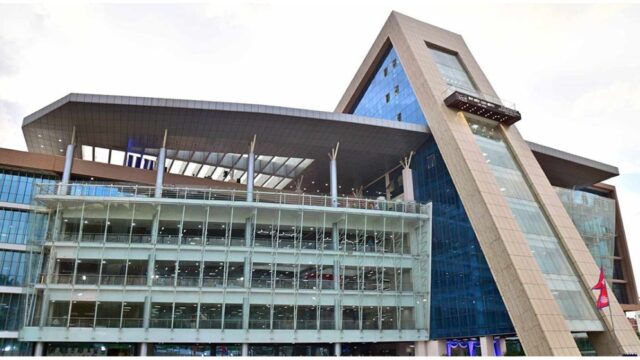Nepal Rastra Bank (NRB), the central monetary authority of Nepal, has released the official foreign exchange rates for today, reflecting the values at which major international currencies can be bought or sold within Nepal’s banking system. The exchange rate has significant implications for importers, exporters, remittance recipients, international travelers, and businesses involved in cross-border transactions.
According to the data made public by NRB, the exchange rate of the U.S. dollar, the most widely used international currency, has been fixed at Rs. 134.89 for buying and Rs. 135.49 for selling. This reflects the amount one needs to pay in Nepali rupees to acquire or sell a single U.S. dollar at commercial banks regulated by the central bank.
Moving to other major currencies, the European Euro is trading at Rs. 152.93 for buying and Rs. 153.61 for selling, while the British Pound Sterling is valued at Rs. 179.96 for buying and Rs. 180.76 for selling. These rates are particularly relevant for those receiving remittances from Europe or engaging in trade with European countries. In the case of the Swiss Franc, the exchange rate has been set at Rs. 163.21 for buying and Rs. 163.93 for selling, reflecting minor fluctuations in the international currency market.

The Australian Dollar is priced at Rs. 86.27 for buying and Rs. 86.65 for selling, while the Canadian Dollar stands at Rs. 97.66 for buying and Rs. 98.10 for selling. Similarly, the Singapore Dollar is fixed at Rs. 103.15 for buying and Rs. 103.61 for selling, which is of particular interest for those involved in trade or education with Australia, Canada, or Singapore.
From the Asian region, the Japanese Yen (for 10 units) has been valued at Rs. 9.35 for buying and Rs. 9.39 for selling, and the Chinese Yuan is being exchanged at Rs. 18.55 for buying and Rs. 18.63 for selling. These values reflect Nepal’s close economic ties and growing trade relationships with East Asian economies.
Among the currencies from the Gulf region, widely used by Nepali migrant workers, the Saudi Arabian Riyal is priced at Rs. 35.97 for buying and Rs. 36.13 for selling, the Qatari Riyal at Rs. 37.01 for buying and Rs. 37.17 for selling, and the UAE Dirham at Rs. 36.72 for buying and Rs. 36.89 for selling. These rates are critical for the hundreds of thousands of Nepalis working in the Middle East who send remittances back home.

Similarly, the Thai Baht has been fixed at Rs. 4.03 for buying and Rs. 4.05 for selling, and the Malaysian Ringgit is listed at Rs. 31.26 for buying and Rs. 31.40 for selling. The South Korean Won (for 100 units) is available at Rs. 9.46 for buying and Rs. 9.50 for selling, indicating Nepal’s growing engagement with Southeast and East Asian economies.
For Scandinavian currencies, the Swedish Kroner is set at Rs. 13.90 for buying and Rs. 13.96 for selling, and the Danish Kroner is priced at Rs. 20.49 for buying and Rs. 20.58 for selling. The Hong Kong Dollar stands at Rs. 17.39 for buying and Rs. 17.47 for selling, reflecting ongoing business and travel activity between Nepal and Hong Kong.
Among the highest valued currencies listed today, the Kuwaiti Dinar is being bought at Rs. 439.76 and sold at Rs. 441.72, followed by the Bahraini Dinar, valued at Rs. 357.80 for buying and Rs. 359.39 for selling, and the Omani Riyal, which is priced at Rs. 350.39 for buying and Rs. 351.94 for selling. These currencies are particularly important due to the large volume of remittance inflow from the Gulf countries to Nepal.

Lastly, the Indian Rupee, which shares a fixed exchange rate with the Nepali Rupee for economic stability, is set at Rs. 160 for buying and Rs. 160.15 for selling per 100 units, as per today’s official update.
Nepal Rastra Bank has noted that these rates are subject to change at any time based on international currency market dynamics. While these rates serve as an official benchmark, commercial banks in Nepal may offer slightly varied rates depending on supply, demand, and operational margins. The central bank also clarified that all updated and verified foreign exchange rates are available on its official website, ensuring transparency and accessibility for the general public.
Foreign exchange rates play a critical role in Nepal’s economy, especially in managing imports, exports, foreign investments, and remittances. With a large number of Nepali citizens employed abroad, particularly in the Gulf, Southeast Asia, and developed countries, fluctuations in these currency values directly impact household incomes, consumption, and national reserves. As Nepal continues to stabilize its economy post-pandemic and amid global economic shifts, tracking daily foreign exchange trends remains vital for financial planning at both personal and national levels.






